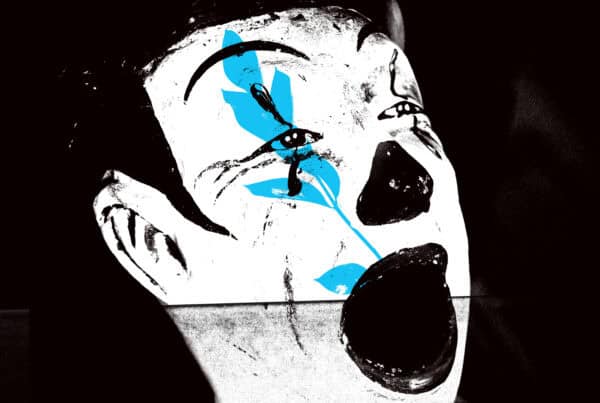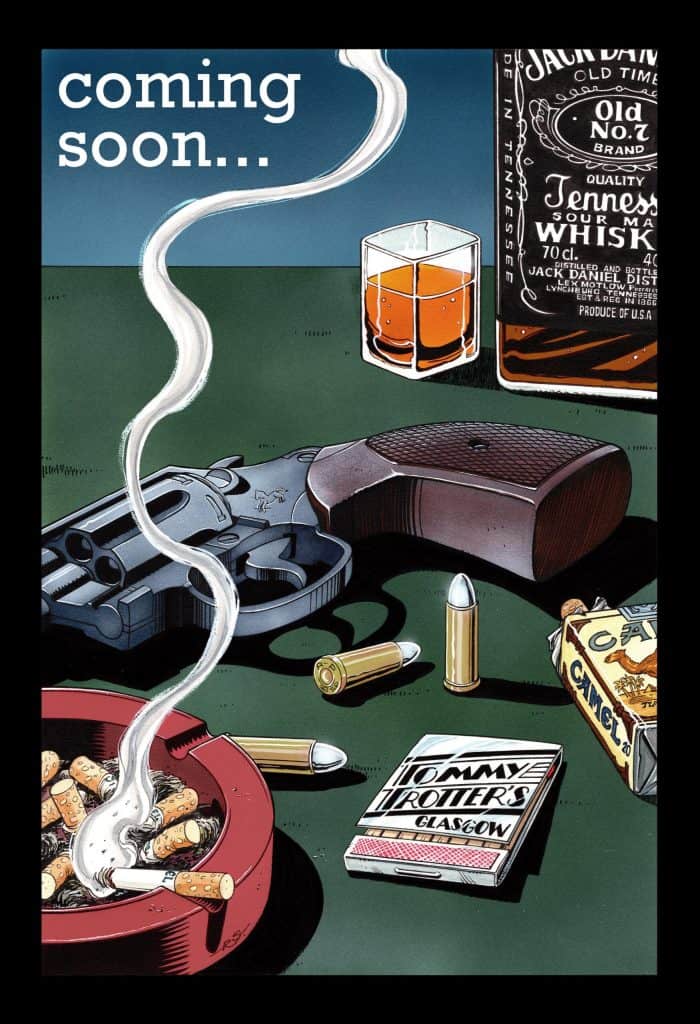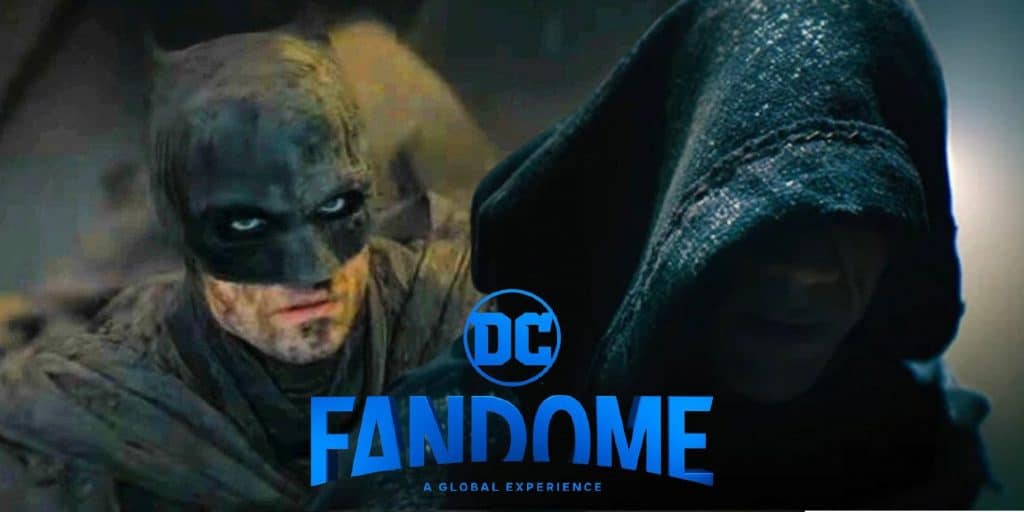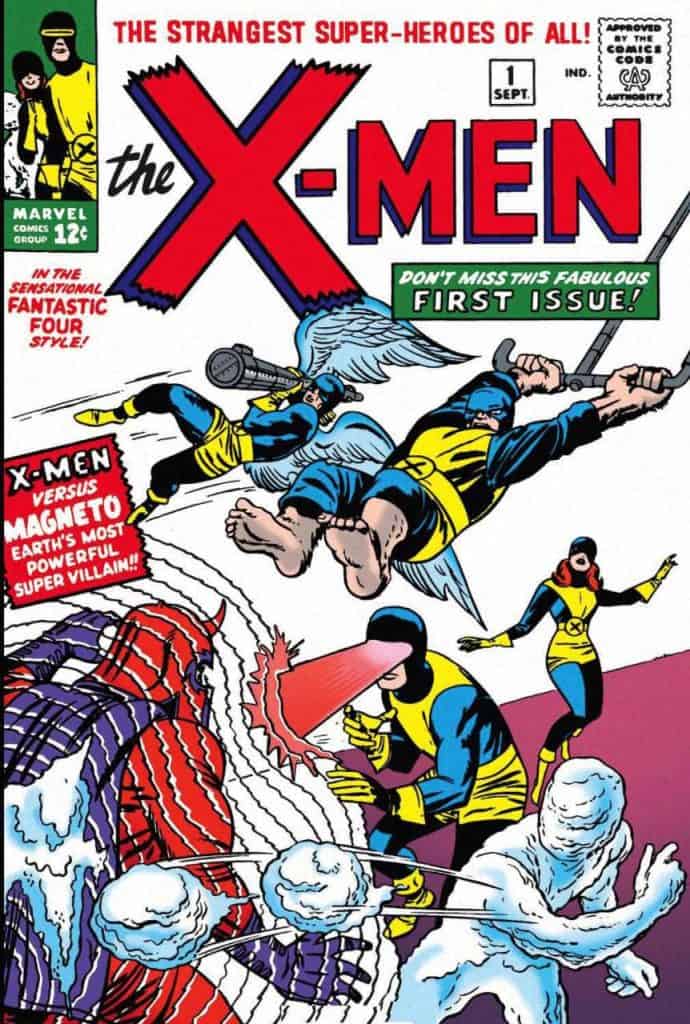
One would assume the best place to start reading or collecting X-Men would be at the very beginning. One would, of course, be wrong. As tempting as it may be, and as solid a reputation Stan Lee may have for creating everything you love about Marvel, which is again far from the truth. But that’s another story for another time. In this article we shall explore some main jumping on points for both reading and collecting the X-Men. How best to do it, how to enjoy it and the pros and cons of each era. Just to confuse you, though, we will start at the beginning.
X-Men: The Silver Age (1963-1970)
Jack Kirby has a reputation among educated comic readers as THE creator of the Marvel Universe as we know it. Stan Lee was undoubtedly the figurehead for Marvel for a long time and it’s no secret Stan took almost full credit for creating the X-Men. When the two worked together, their storytelling was explosive and rocked the industry, ushering in an era that changed the industry forever. So why wouldn’t we recommend the Silver Age as a jumping on point? A multitude of reasons.
Stan Lee only actually wrote the first nineteen issues of X-Men, and Jack Kirby penciled even fewer than that. Although Lee’s replacement, Roy Thomas, is arguably a better writer, Werner Roth, Jay Gavin and other good, solid artists just do not have the same swing as Kirby does today. In 1969, Batman legend Neal Adams took his turn illustrating X-Men in what was intended to be a relaunch of sorts, but the series failed to gain any momentum and new stories were scrapped after #66. #67 through #94 (December 1970 – August 1975) saw material reprinted as Marvel wanted to keep X-Men in print, but were unwilling to invest in new stories.
These issues hold historical significance, and are recommended for any X-Men collector, but the stories are lacking the gravity the X-Men are actually known for. Individual issues go for a small fortune, so consider omnibus editions, epic collections or this brand new boxset released this month. The boxset contains a decent chunk of Bronze Age material too…
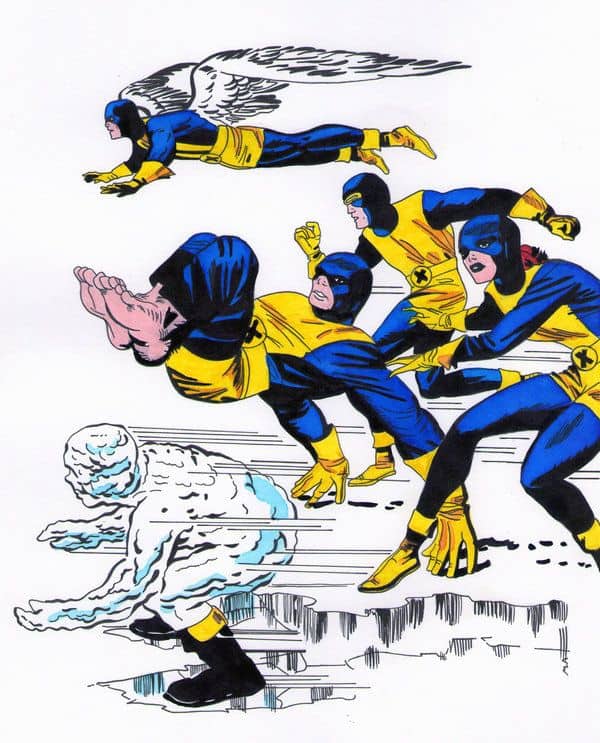
The Bronze Age through Modern Age (1975-1990)
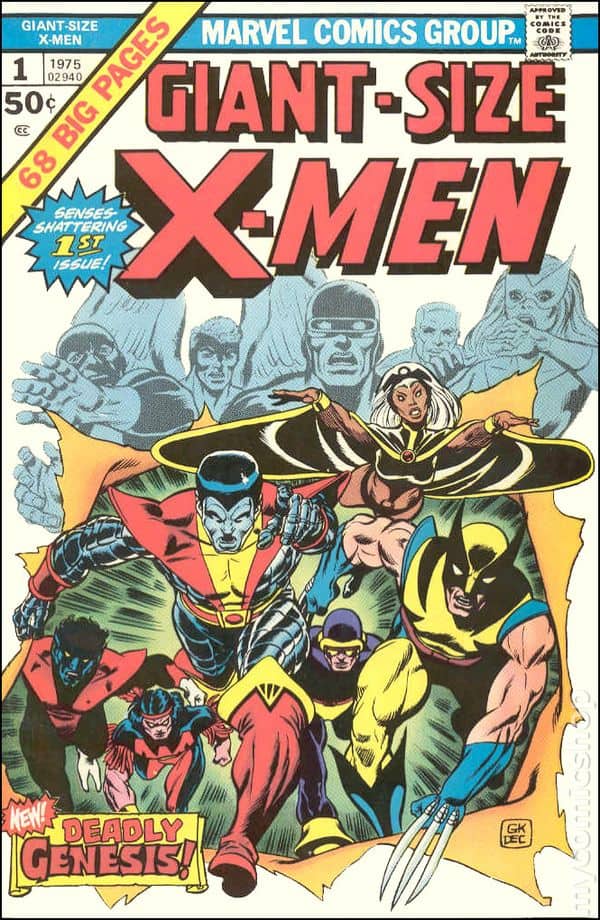
Fans familiar with the animated series of the 1990s will rejoice when reading the Bronze Age era of X-Men comics, as almost every major story arc was adapted very faithfully to the popular Saturday morning cartoon. While the first issue of the relaunch (Giant Size X-Men #1) introduced and explained a dramatic roster change, with new characters joining the X-Men such as Wolverine, Colossus and Storm. Writer Len Wein and artist Dave Cockrum introduced the new, fresh team to great success, leading to X-Men’s ongoing series finally receiving new stories starting with #94, co-written by Chris Claremont. Claremont’s name will be familiar with X-Men fans, as he wrote X-Men from 1975 all through way through into the 1990s. At first with artist Dave Cockrum and later John Byrne, Claremont genuinely rejuvenated the X-Men and gave us something special. Stories such as the Dark Phoenix Saga, Days of Future Past and God Loves, Man Kills firmly cement this era of X-Men as being an inspirational read.
These single issues range from inexpensive to very, very expensive. So far, this era is collected in three standard omnibus editions and a variety of epic collections, hardcovers and trade paperbacks. The first omnibus and a half or so are collected in the above boxset, X-Men: Children of the Atom, which ends neatly with John Byrne’s final issue. Although the first omnibus’ material is a bit rocky and tropey, volumes 2 and 3 are almost unparalleled works of fiction with very few dull moments.
Jim Lee and the 90s (1991-2001)
Many fans mistakenly consider the 1990s X-Men runs as some of the best material available. This is a misguided call based on some interesting facts.
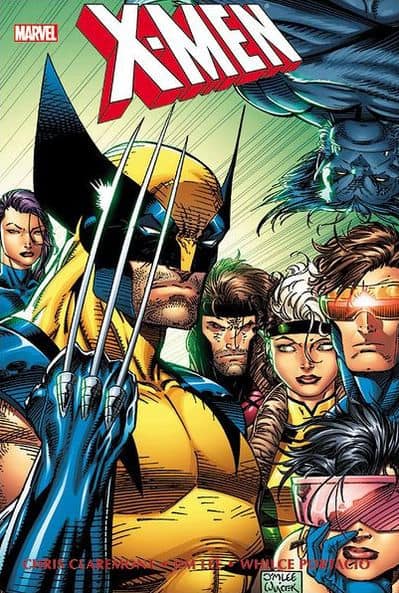
In 1991, X-Men was split up into two “teams”, each with their own book, making X-Men a bi-monthly series. Cyclops led the ‘Blue’ team in the now renamed ‘Uncanny X-Men’, with Storm leading the ‘Gold’ team in the newly launched ‘X-Men’ series. Jim Lee co-plotted and illustrated the first few issues with mainstay Claremont. The two, however, suffered creative differences and Claremont’s impressive sixteen year run on X-Men was cut short after only a few issues of the revamped title. Jim Lee, considered one of the best in a line of up and comers, went on to form Image Comics with several fellow artists after only eleven issues of X-Men. X-Force rose from the ashes of the previous ‘The New Mutants’, and whilst delivering fan favourite characters such as Cable and Deadpool, was held back by Rob Liefeld’s ugly and often outright gross artwork.
Some fans think of the 90s as the ‘Jim Lee’ era because of his lasting influence. The 90s animated series was designed from the ground up to be in Jim Lee’s style. The truth is, though, the 90s era of X-Men started off great and had a few stand out stories but was generally a sore point for Marvel’s mutants. Plagued with ridiculous ties in and crossovers, with issues impossible to collect or read in order, the X-Men were subjected to many reboots and relaunches, crossovers and events, and is generally regarded as a convoluted mess. Albeit, sometimes pretty to look at.
The 90s era of X-Men is fairly easily obtained in oversized hardcovers and epic collections. Special first issues of the entire decade can be found cheap as chips, due to the mass over-saturation of the comic book market at the time.
Grant Morrison / Chuck Austen / Mark Millar / Joss Whedon (2001-2007)
2001 marked something of a comeback for the dwindling Marvel Comics. On the cusp of bankruptcy, Marvel gave their writers complete creative control and let them try “anything” to make some money. Of this desperate move came enjoyable and groundbreaking storytelling. Bizarrely, Scottish writers Grant Morrison and Mark Millar both penned X-Men of different universes, competing with each other at the same time. Morrison took over what had previously been the “Gold” book, re-titling it ‘New X-Men’ starting with #114. Chuck Austen began his controversial run on Uncanny X-Men while Mark Millar started his run on the newly founded ‘Ultimate Universe’, specifically ‘Ultimate X-Men.
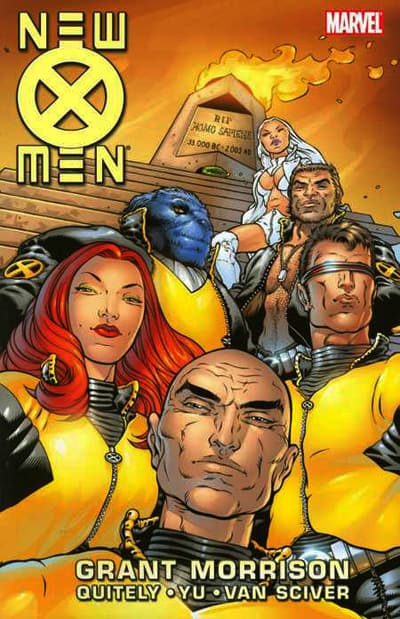
I would not recommend Austen’s run, but I would recommend both Morrison’s and Millar’s. The Ultimate Universe allowed creators to write new stories without the constraints of established continuity and reinterpret previous storylines how they saw fit, and ‘Ultimate X-Men’ was edgy and cool, although it hasn’t aged particularly well. Morrison’s New X-Men, however, is nothing short of a masterpiece. Stories such as ‘E Is For Extinction’, ‘Planet X’ and ‘Here Comes Tomorrow’ showcased just how good Morrison is, with artist and fellow Scot Frank Quitely absolutely on fire. New X-Men cemented Morrison’s reputation as one of the best writers of this generation, with new characters such as Cassandra Nova, Negasonic Teenage Warhead, and the Stepford Cuckoos proving to be very popular.
Ultimate X-Men is largely out of print but is available fairly cheaply in oversized hardcovers. New X-Men has seen multiple printings including a luxury omnibus edition containing the complete series (available here)
This brief era was followed up by Joss Whedon’s Astonishing X-Men, another series this time with John Cassaday on art. Astonishing X-Men proved to be so popular, the entire series was adapted to motion comics under the ‘Marvel Knights’ banner and demonstrates Whedon’s love for Marvel, years before his tenure as director for The Avengers. Astonishing X-Men can be purchased in a newly reprinted omnibus (available here) after several years of being highly sought after.
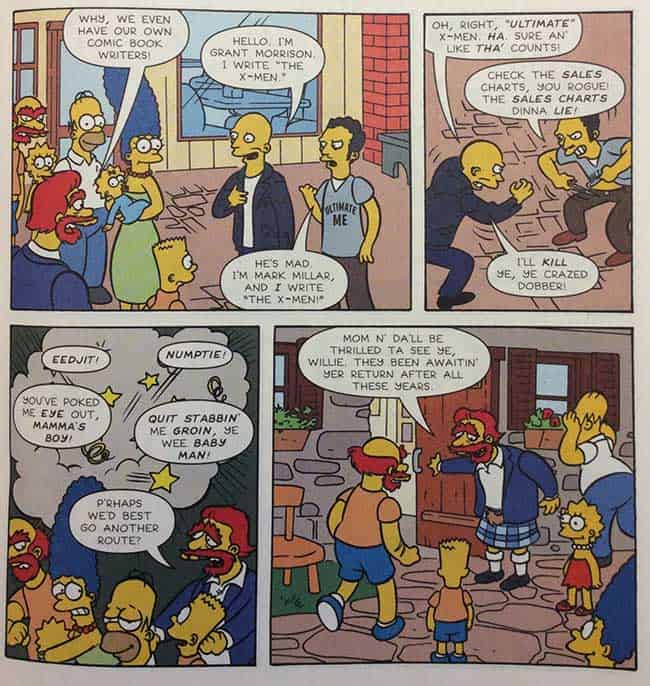
The dull years (2008-2018)
Unfortunately, following on from Morrison and Whedon’s respective runs, X-Men were left to stagnate in generally boring plots. Foil hat wearers would attempt to convince you Disney tried to purposely destroy the X brand with the success of Marvel Studios’ MCU, which competed directly against X-Men’s movie rights holder Fox. How much of this has credence, we’ll probably never know. But honestly, besides ‘The Messiah Complex’ and a few other stand out stories, this entire decade can be easily forgotten about.
Jonathan Hickman era (2019-)
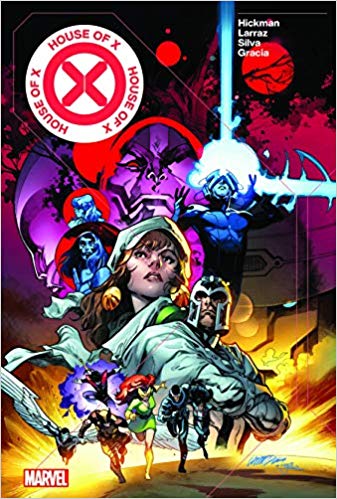
In 2019, not long after the Disney buyout of Fox(!), Jonathan Hickman was announced as the new writer of X-Men. Hickman was granted full, complete creative control over the entire X-Men line. Two mini series, House of X and Powers of X, were immediately announced, both by Hickman (and collected in an oversized hardcover here) with one ongoing series by Hickman taking their place. Stay tuned for a full review of House of X and Powers of X and the ongoing series. It’s a bit too new to risk spoiling here.
Hickman’s run, although in its very early days, has been very well received by fans and critics alike. It’s certainly worth picking up! The series is expected to be released in trade paperbacks for each arc, then oversized hardcovers containing two arcs, and eventually an omnibus once enough material is available. The omnibus won’t be out for at least a few years, unfortunately.
Hickman is one of Marvel’s top talent, having written many of their top stories, including 2015’s ‘Secret Wars’.
Summary: Where do I start?
Having broken down the main starting points for fans to get into X-Men comics, my top recommendations would be the Bronze Age, the Morrison and Whedon omnibus editions and the new Jonathan Hickman series. It’s up to you though, if you’re a fan of wordy, cheesy Stan Lee and Roy Thomas penned classics, the Silver Age books are worth tracking down. For the price though, the Children Of The Atom Boxset offers a fantastic starting point for fans wanting to delve into classic material. If you want a more modern take, you can’t go wrong with Morrison’s New X-Men but I would suggest watching the 1990s ‘X-Men: The Animated Series’ first to give you a bit of backstory.
Ultimately, it depends on whether you want to collect books, read books, or both.

